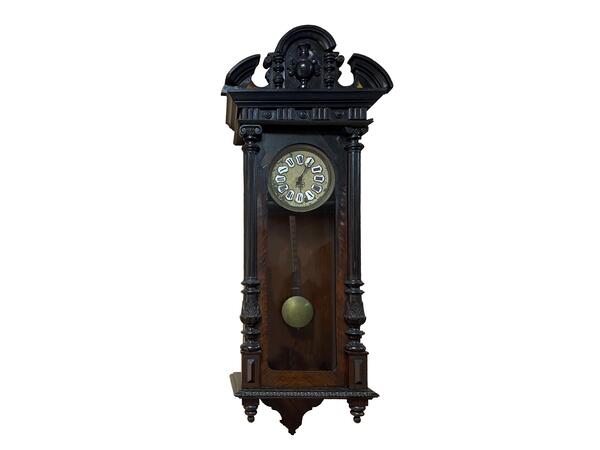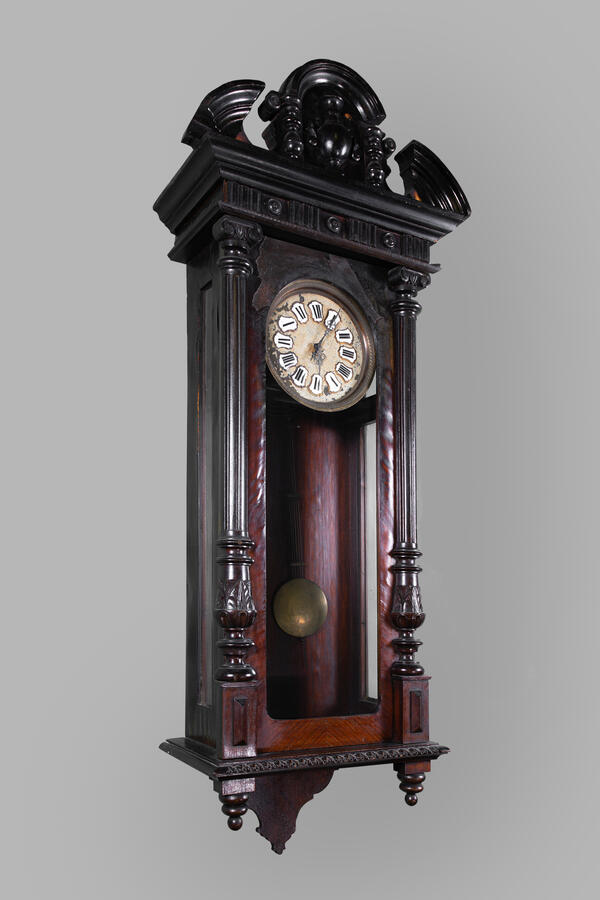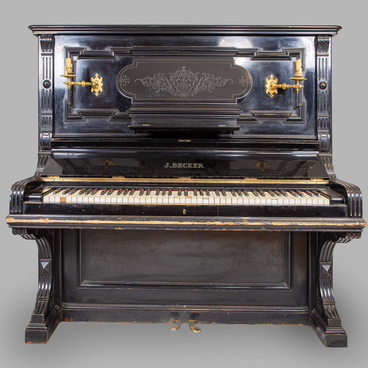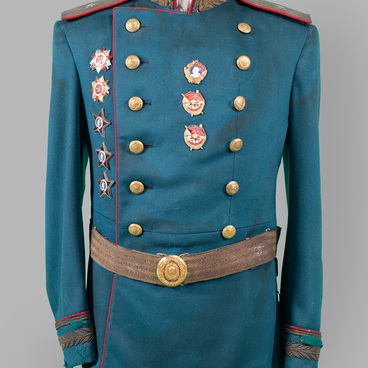The very first clock in the history of humankind was a sundial. It appeared about 5,000 years ago and measured time by the shadow from the sun. The day was then divided into 12 parts. Later, water and hourglasses were invented, and in the Middle Ages, accurate watch mechanisms made of springs and gears came into use.
The astronomers of Babylon used the sexagesimal counting system. The number 60 has 12 divisors, and this is the smallest number that is divisible by the first 6 numbers, from 1 to 6. Since the invention of the first watch mechanisms, the division of the hour into 60 minutes and minutes into 60 seconds has been fixed.
In 1410, in the French city of Montpellier, due to unrestrained drunkenness, a bell ringer was fired. His functions began to be performed by striking clocks. It was the first time in history that a machine replaced a human. The artisans worked on the safety of the watch: first, they began to cover the dial with glass, and then they designed a double case that protected the mechanism from moisture, dirt and damage. The dials began to be covered with enamel so that the numbers were seen better, and the clock looked more elegant.
Striking wall clocks have a pendulum or balance wheels. Pendulum clocks are fixed motionless, since the mechanism of their work is based on oscillations. The accuracy of the clock directly depended on the length and weight of the pendulum, so the latter were made heavy and long. In the 16th century, wall clocks were fashionable and expensive, a piece of art and a domestic attraction.
This clock in a wooden carved case was in the house of the Priklonsky-Dobrolyubovs in the city of Sergach, Nizhny Novgorod Governorate. Almost a century before the clock was made, in the fall of 1830, Alexander Sergeevich Pushkin visited the house.The Priklonskys were related to the Pushkins: Lidia Vasilievna Priklonskaya was the grandmother of Sergey Lvovich Pushkin, the poet’s father.
The front panel of the clock is framed on both sides with chiseled semi-columns on wide short plinths. It has a rectangular clear glass inset with decorative edging and an arched bar at the top. The dial on the watch is metal, with a white slip and Roman numerals around the circumference and a medallion in the center. The clock strikes loudly every hour, and you can know the time without looking at the dial.
The astronomers of Babylon used the sexagesimal counting system. The number 60 has 12 divisors, and this is the smallest number that is divisible by the first 6 numbers, from 1 to 6. Since the invention of the first watch mechanisms, the division of the hour into 60 minutes and minutes into 60 seconds has been fixed.
In 1410, in the French city of Montpellier, due to unrestrained drunkenness, a bell ringer was fired. His functions began to be performed by striking clocks. It was the first time in history that a machine replaced a human. The artisans worked on the safety of the watch: first, they began to cover the dial with glass, and then they designed a double case that protected the mechanism from moisture, dirt and damage. The dials began to be covered with enamel so that the numbers were seen better, and the clock looked more elegant.
Striking wall clocks have a pendulum or balance wheels. Pendulum clocks are fixed motionless, since the mechanism of their work is based on oscillations. The accuracy of the clock directly depended on the length and weight of the pendulum, so the latter were made heavy and long. In the 16th century, wall clocks were fashionable and expensive, a piece of art and a domestic attraction.
This clock in a wooden carved case was in the house of the Priklonsky-Dobrolyubovs in the city of Sergach, Nizhny Novgorod Governorate. Almost a century before the clock was made, in the fall of 1830, Alexander Sergeevich Pushkin visited the house.The Priklonskys were related to the Pushkins: Lidia Vasilievna Priklonskaya was the grandmother of Sergey Lvovich Pushkin, the poet’s father.
The front panel of the clock is framed on both sides with chiseled semi-columns on wide short plinths. It has a rectangular clear glass inset with decorative edging and an arched bar at the top. The dial on the watch is metal, with a white slip and Roman numerals around the circumference and a medallion in the center. The clock strikes loudly every hour, and you can know the time without looking at the dial.





